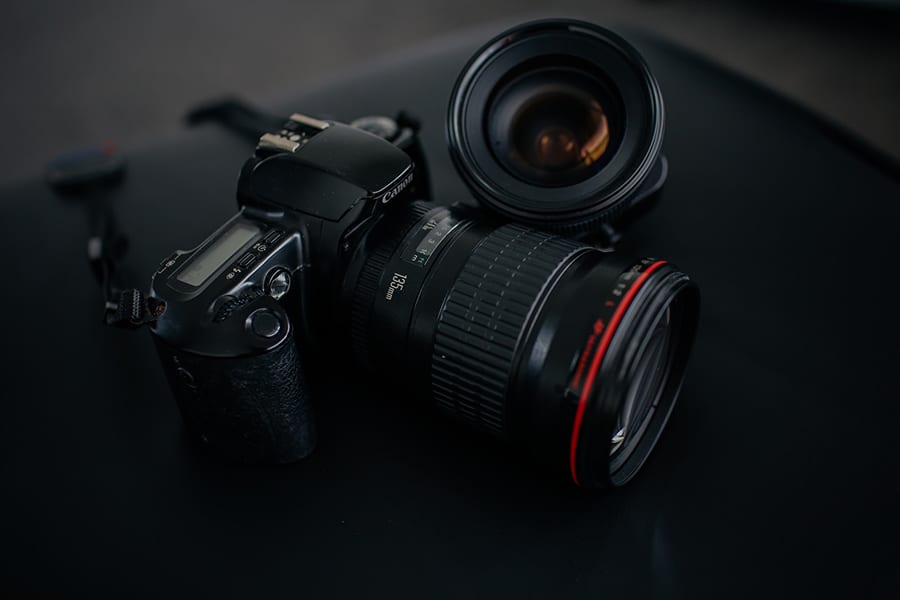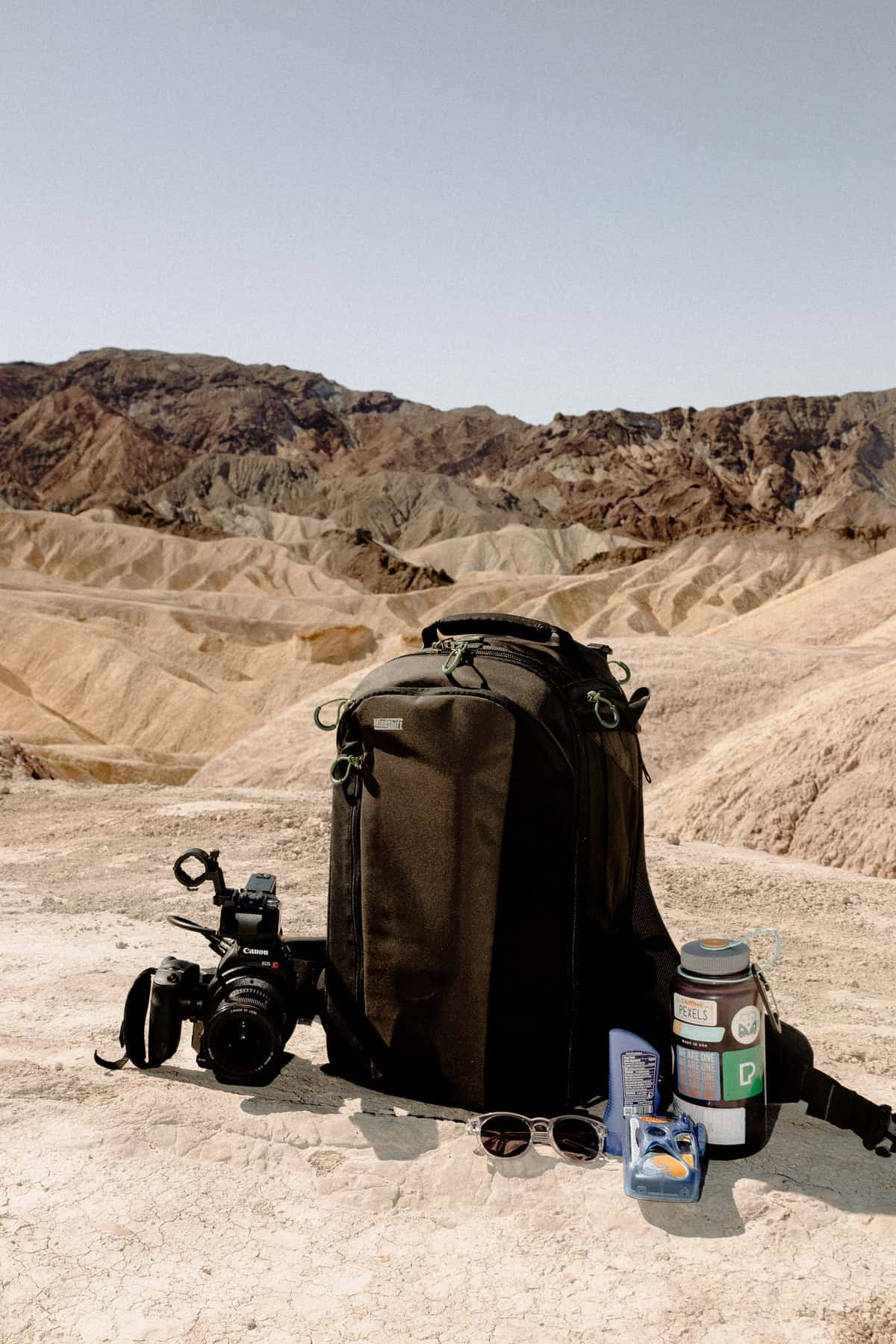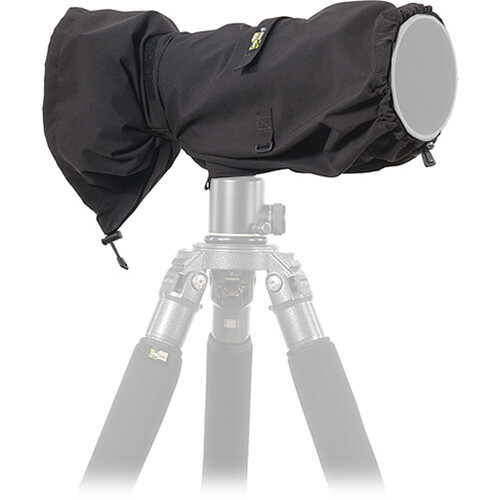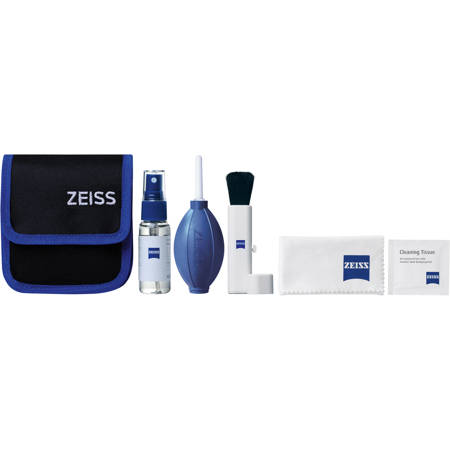How to Care for your Camera and show some love to your other photography gear
Fall is an absolute madhouse for our family. I’m usually running around the county taking pictures. My daughter is busy with school and soccer, and my husband is smack in the middle of his busy season, too. By the end of October, everything needs some TCL— my body, my car and especially my photography gear. So let’s clean up our act together and talk about how to properly care for your camera
Protect Your Investment
The most obvious reason we want to care for our camera and other photography gear is to protect our investment. Photography equipment is expensive, y’all! The only thing worse than shelling out a few thousand for a camera body is having to do it again because you didn’t take good enough care of the first one.
You also want to keep your camera and other gear in good working order to have the best client experience possible and speed up your workflow. Dead batteries can wreck a whole shoot. A spot on your camera sensor can ruin an image and dirty, smudged lenses can cause extra time in the editing room. Proper care and maintenance can prevent most of these mishaps!
Use a good camera bag or carrying case
The first line of defense in how to care for your camera is a good camera bag. Choose one that fits your equipment and that you’ll actually use. It doesn’t matter how pretty or strong the bag is if 98 percent of the time your camera is riding around loose on the floor of your car.
Look for a bag with padding and latches or zippers that keep everything in its place. There are lots of different styles of camera bags out there, so find one that matches your needs. I switch back and forth between a messenger style bag and a backpack style bag for shooting events. Both have moveable padded dividers so I can custom fit it for whatever bodies/cameras I want to keep with me on the shoot.
Hey ladies – check out our guide to camera bags just for you!
Don’t forget a good case for your lenses, flashes and strobes too. If you aren’t carrying these items in your camera bag, invest in a separate case. All of these items have small, delicate components that can come loose. Secure them snugly in a case or bag for transport.
Get in the habit of zipping or latching your camera case when not in use. That way if your bag tips over or gets jostled, your gear stays inside its protective cocoon. I about died when, two weeks after I purchased a new Sigma ART 35mm f/1.4 lens, it came flying out of my camera bag, rolled the back of my SUV and hit the ground. I’d forgotten to zip my bag and my brand new lens almost paid the price. Fortunately the only damaged it suffered was some scratches on the lens hood and cap. That could have been a $900 bit of carelessness.
Keep your camera in its case or bag in a dry, warm area. Keep y our bag away from heaters and direct sunlight whenever possible. And don’t leave your camera in a cold car overnight.
[ad id=’1′]
Protect your camera while shooting
The other time our cameras are vulnerable is when we are on a shoot. Make sure it’s secure and protected with a strap and cover it if you’re in the elements.
Camera strap
Using some sort of camera strap can save you from photography disasters. What type of strap you choose isn’t as important as having and using one. Hand strap, neck strap, harness…all of them will help protect your camera.
A camera strap can keep your camera from slipping out of your hands or from getting knocked over or stolen should you set it down during a shoot. A close friend once set her Canon down in an alley to help position a senior she was photographing when along came a car. The lens survived. The camera body was roadkill. A $19 cross-body camera harness could have saved her $5,000 full-frame.
Need help choosing a camera strap? Read this!
The tripod alternative
If you hate being confined by a camera strap, a tripod makes a great alternative. Keep your camera on it while shooting. Or set the tripod up next to you and snap your camera onto it when you aren’t actively shooting.
Camera rain covers
If you shoot in dusty or wet conditions, invest in a rain cover for your camera. Even if your gear is weather sealed, don’t take the chance. You can buy the disposable clear plastic ones for a few dollars. I have a rain sleeve that is made of the same material as my rain coat. It fits over the lens and body of my camera and keeps everything cozy and dry with Velcro straps and drawstrings.
Pro Tip: If you don’t have a rain cover, a grocery sack or Ziploc bag will work in an emergency. I keep two grocery sacks shoved in my camera bag for all sorts of impromptu uses.
Use caution when changing lenses
Anytime you take your lens off your camera body, you are exposing the inside of your camera to dust, moisture and debris. So use care when swapping lenses. Don’t do it in a super dusty, windy or wet environment. Keep your camera cap screwed into the camera body when you aren’t using a lens.
Dealing with Condensation
Condensation happens when you move from a cold to a warm environment or a warm to cold environment. Moisture can collect on glass of your lens, the camera body itself and it can even work its way into your camera.
The advice I was given was to seal my camera and lens in an airtight bag or container before taking it to a different environment. That way, the condensation forms on the bag and not on your camera. If I keep a two gallon Zip-loc bag in my camera bag and seal my camera and lens in it before I go back in a warm house or vehicle.
If your forget and you do get some condensation on your camera, either make your own dry box (see below) or remove your battery and let the camera air dry thoroughly before use.
 How to Protect your lenses
How to Protect your lenses
Lenses should also be stored snugly in a camera bag when not in use. Store them with front and back caps on to keep them from getting scratched. Your glass will likely outlive your camera body, so treat them kindly.
Some photographers use a UV or clear filter on all their lenses to protect it from scratches and spray. If you don’t like the idea of a cheap filter covering up your $1,000 glass, using your lens caps becomes even more important.
To clean your lens, use a lens pen or a microfiber cleaning cloth on the glass elements. Don’t use a regular glass cleaner as that can ruin any special coatings your lens or filters may have. Instead, look for a cleaner specifically designed for camera lenses. You can a bottle and spray separately or you can purchase a kit with wipes, liquid, brushes, etc.
How to Clean your Camera
To start, I use a blower or brush to release the dirt and dust from the all the crevices in my camera body. Don’t forget about under the pop up flash, under the LCD screen if it tilts or swivels and under the eyepiece. I also open all the compartments and make sure there’s no dust collecting in any of the ports. Then I use a damp cloth to wipe down the camera body. If my grips are really grimy, I use cotton ball with denatured alcohol and a toothbrush to get rid of the yuk.
Then I clean my viewfinder and the LCD screen with a lens brush, some lens cleaning wipes or fluid and cloth. I finish up by wiping it down with a soft microfiber cloth until it’s shiny and any smudges left on the LCD panel are clean.
Cleaning your camera sensor
Sometimes, dust or hairs can actually get trapped between your camera’s sensor and mirror. If you notice a dust spot in the same place over several images, you might have dust on your sensor.
Cleaning the sensor should be done at your own risk.
If I notice offending dust (and my lenses are clean), I reach for my handy air blower. With the lens mount exposed and the opening facing down, I use the blower to gently blow into the cavity of the camera on the mirror and prism. Then, using the “mirror lock up feature,” or “clean manually” feature, I gently blow air into the cavity again, being careful to never touch the tip of the blower to the insider of my camera. Most of the time, that’s enough to unseat the dust and keep my camera clicking along just fine. It’s important that you are using a gentle blower.
NEVER USED COMPRESSED AIR! EVER!
When that doesn’t work, you need to clean the sensor. If you’re interested in how to clean your sensor, you can watch the video below. I’m a chicken, so I always take my camera into the shop for them to clean the sensor.
How to protect your off-camera flash equipment
Off-camera flash equipment should also be stored, used and transported carefully. Batteries, especially, can pose potential hazards if not used correctly. Here are a few best management practices when it comes to your OCF gear:
- Use only batteries designed for your flashes and strobes!
- When you aren’t using your flashes and strobes, they should be stored properly. Remove the batteries from your strobes and speedlights after a shoot. Batteries can break open, exposing your flash to corrosive battery acid. Better to ruin the plastic battery holder than the metal components of your flash.
- Store your batteries in a cool, dry place away from combustible materials.
- Don’t mix worn-out batteries with new ones, as it places a great strain on the new batteries. When transporting your batteries, keep them in a battery case that keeps them separated from one another.
- Modifiers like umbrellas and softboxes and backdrops should be stored according the manufacturer’s recommendations.
- Be extra cautious using non-LED continuous light as they can get extremely hot. Make sure the lights have cooled before storing and transporting them, and make sure your bulbs have the proper wattage for your device.
- Use weights, sandbags or water jugs to weigh down lightstands and background stands, especially if they are in the way of traffic or outside. Some simple sandbags will help prevent wrecking your modifier and your flashes.
- Don’t use your camera bag as a weight for your tripod or lightstand. If something happens, you might not just wreck your flashes, but your lens or camera body as well.
Inspect your memory cards
Memory cards are often overlooked…until they become a problem. Inspect your memory cards periodically. Look for any dirt or grime on the contacts. Check to see that the plastic is snapped together firmly and that the front and back haven’t separated. If you notice the plastic exterior is broken or starting to separate, throw the card away. Better to replace it than shoot a session’s worth of corrupted images.
Don’t forget to store your memory cards in a protective case at room temperature. (She says while looking at four loose memory cards scattered across her desk.) Keeping them in a case avoids wear and tear on the plastic housing and helps their longevity. It also makes them easier to locate.
There’s some debate about if storing them flat or upright in slots is better. I don’t know that there’s a definitive answer. But stored in a secured dry case is infinitely better than in a pocket of jeans that rolls through the laundry. I speak from experience.
Want to know more about memory cards and photo storage? Read this tutorial!
Digital dry cabinets
If you live in a very humid or damp climate, a digital dry cabinet might be worth looking into. These electronically controlled boxes help you care for your camera by regulating the humidity inside their confines. Excessive moisture can wreak havoc on your electronics, even if you don’t drop them in the lake. A digital dry cabinet regulates that moisture. They are also a small, cozy little place for valuables like lenses to hang out when they aren’t in use. The larger the capacity, the more expensive the dry cabinet.
For a DIY dry box, buy an air-tight plastic tote. Add in some silica gel or Calcium chloride to soak up the excess moisture. Check out this tutorial on making your own! This is a great option to think about if you plan to take your camera gear to a hot, humid environment, like a rainforest expedition.
Cameras, lenses, flashes and all the other assorted gear we photographers rely on each day is expensive. Take care of your investment and prolong its life by following these simple recommendations. A few minutes properly protecting your gear can save you time, money and heartache down the road!












